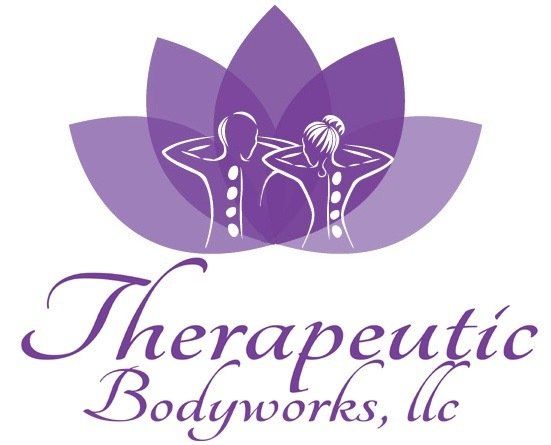
What is a Myofascial Massage ?
Myofascial massage release is a manual therapy technique often used in massage. The technique focuses on pain believed to arise from myofascial tissues — the tough membranes that wrap, connect and support your muscles. The massage techniques involves the therapist applying forces in opposing directions, which relaxes the tissues. It can help ease pain and increase mobility in the tissues and surrounding muscles.
The word myofascial comes from the Latin words ‘myo’ meaning muscle and ‘fascia’ meaning band. Fascia is a connective tissue, also sometimes known as fibrous bands, which surrounds all muscles, tendons, ligaments, bones, and organs within the body. The fascia consists of a network of hollow tubules made up of collagen and elastin.
Theoretically, myofascial pain differs from other types of pain because it originates in "trigger points," which are related to stiff, anchored areas within the myofascial tissue. The pain that a trigger point causes is often difficult to localize, though. During myofascial release therapy, the therapist locates myofascial areas that feel stiff and fixed instead of elastic and movable under light manual pressure. These areas, though not always near what feels like the source of pain, are thought to restrict muscle and joint movements, which contributes to widespread muscle pain. The focused manual pressure and stretching used in myofascial release therapy loosen up restricted movement, leading indirectly to reduced pain.
The Benefits Myofascial Massage:
The most immediate and obvious benefit of myofascial massage is pain relief. Many patients experience immediate relief following a release. However, several visits are typically needed to provide muscles with the prolonged, focused healing they need to eliminate pain, strain and inflammation. There are also many secondary benefits to myofascial massage that simply contribute to a healthier body.
One of the big benefits of myofascial massage is the alleviation of knots throughout the impacted area. This helps to relieve tension that was causing reduced mobility. Even areas that were not experiencing acute “pain” can now feel freer and more relaxed. Many clients find that they are able to enjoy better range of motion and flexibility. This is important for clients who are seeking sports massage because the massage therapist is able to utilize myofascial massage to boost recovery and enhance performance. Next, massage is great for improving blood circulation. The stimulation provided during the massage experience is enough to “wake up” the blood vessels in the affected area to restore blood flow. What’s more, removing the tension caused by knots can also open up the pathways for blood flow that had been blocked by the knots. As a result, the muscles in the area are now receiving more oxygen.
Many studies have found that massage and similar manual therapies work well for treatments of back pain. If you've been told that myofascial release therapy may be helpful for your back pain, consult a therapist who has training in the technique.

